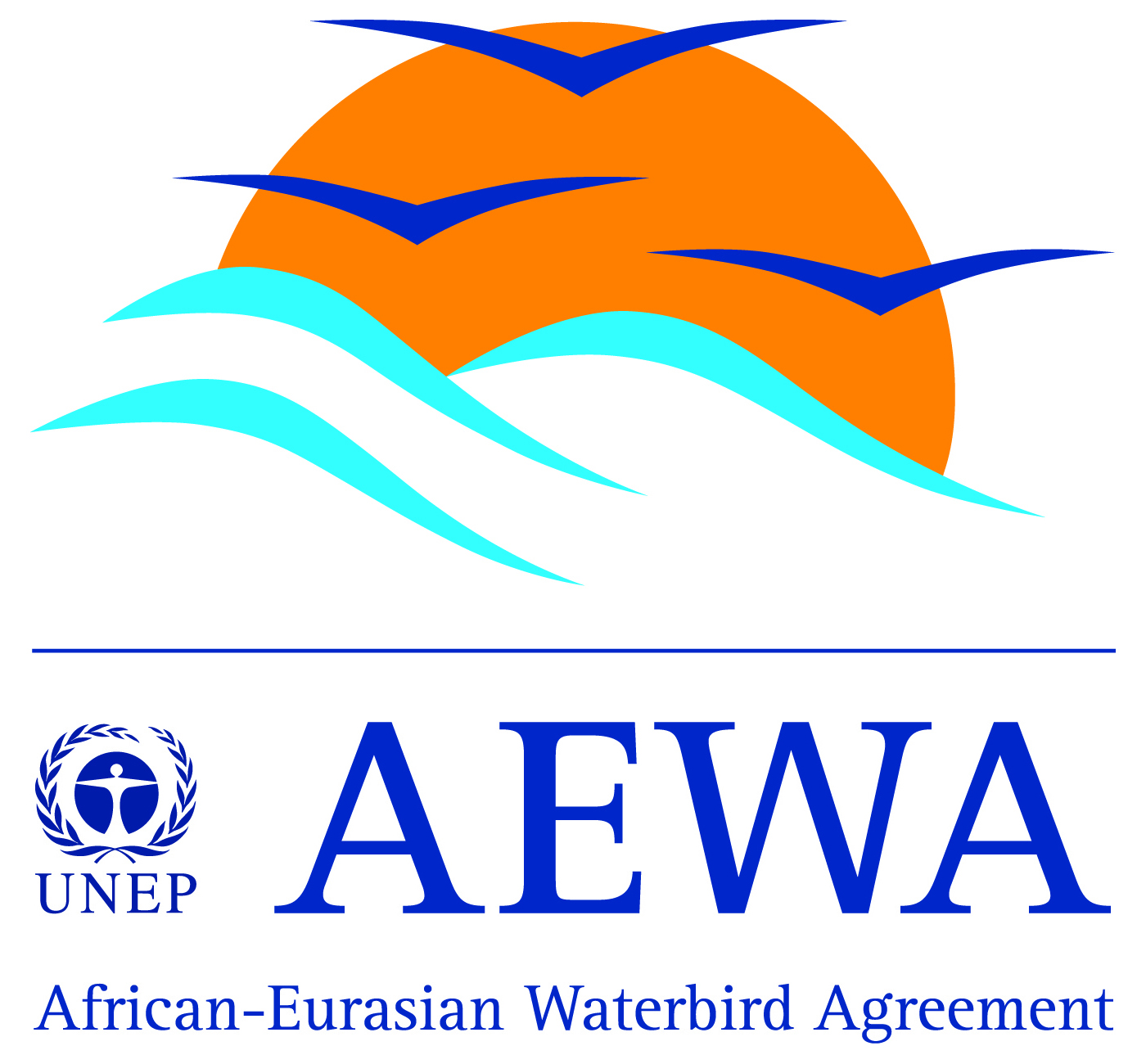Grassland arthropods are controlled by direct and indirect interactions with cattle but are largely unaffected by plant provenance
-
Published source details
Farrell K.A., Harpole W.S., Stein C., Suding K.N. & Borer E.T. (2015) Grassland arthropods are controlled by direct and indirect interactions with cattle but are largely unaffected by plant provenance. PLoS ONE, 10, e0129823.
Published source details Farrell K.A., Harpole W.S., Stein C., Suding K.N. & Borer E.T. (2015) Grassland arthropods are controlled by direct and indirect interactions with cattle but are largely unaffected by plant provenance. PLoS ONE, 10, e0129823.
Actions
This study is summarised as evidence for the following.
| Action | Category | |
|---|---|---|
|
Other biodiversity: Use grazers to manage vegetation Action Link |
|
-
Other biodiversity: Use grazers to manage vegetation
A replicated, randomized, controlled study in 2008–2009 in pastures in northern California, USA, found fewer arthropods in plots with simulated grazing, compared to ungrazed plots. Invertebrates: Similar numbers of arthropod species were found in plots with or without simulated grazing (data not reported). Overall, fewer arthropods were found in plots with simulated grazing (data not reported). More herbivorous arthropods were found in plots with simulated grazing (79% higher volume), but more predatory arthropods were found in ungrazed plots (13% higher in ungrazed plots). Similar numbers of parasitoids or decomposers were found in plots with or without simulated grazing (data reported as log volumes). Plants: Similar numbers of plant species (14 species/plot), and similar amounts of plant biomass (data not reported), were found in plots with or without simulated grazing. Implementation options: In plots that were planted with non-native plants, the volume of arthropods was higher in plots with simulated grazing (380 vs 190 mm3). Methods: In 2006, two tilled plots were planted with native bunchgrass species, and two tilled plots were sown with non-native annual grasses. In 2008–2009, simulated heavy grazing (30–45 minutes of disturbance by 40–42 cattle each spring/summer, and mowing the plots to 2 cm height, 2–3 times) was used on some sections of the plots (each 3 x 10 m). Arthropods and plants were sampled in May 2009 (suction sampling and visual surveys, respectively).
Output references
|
|





)_2023.JPG)














